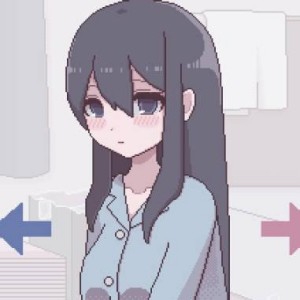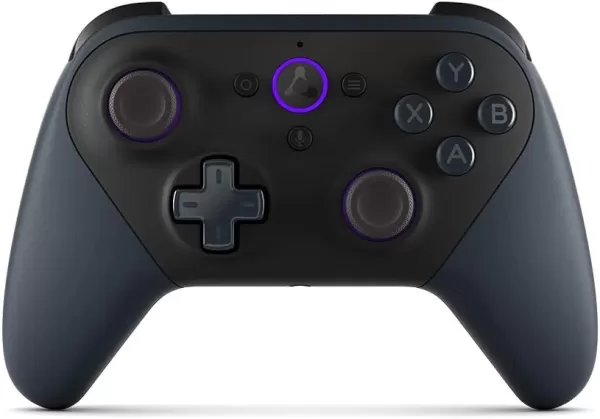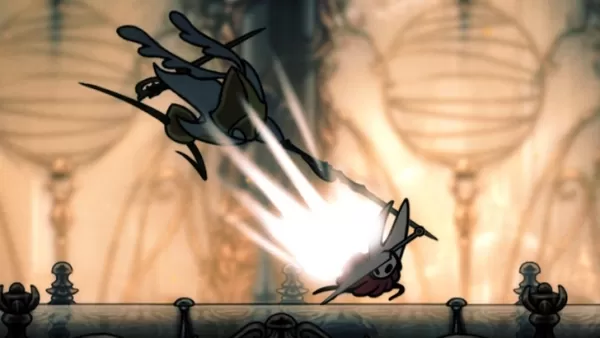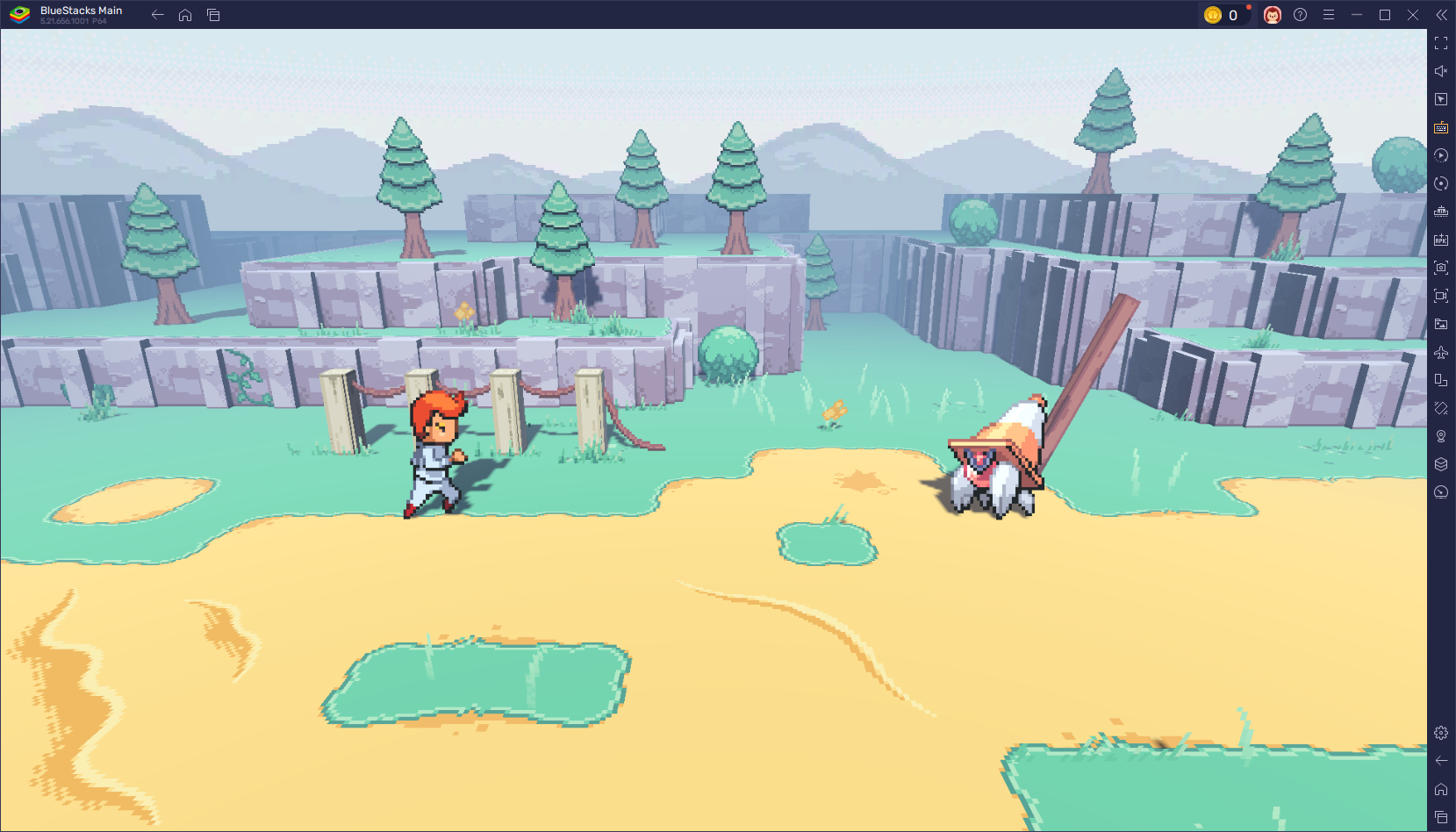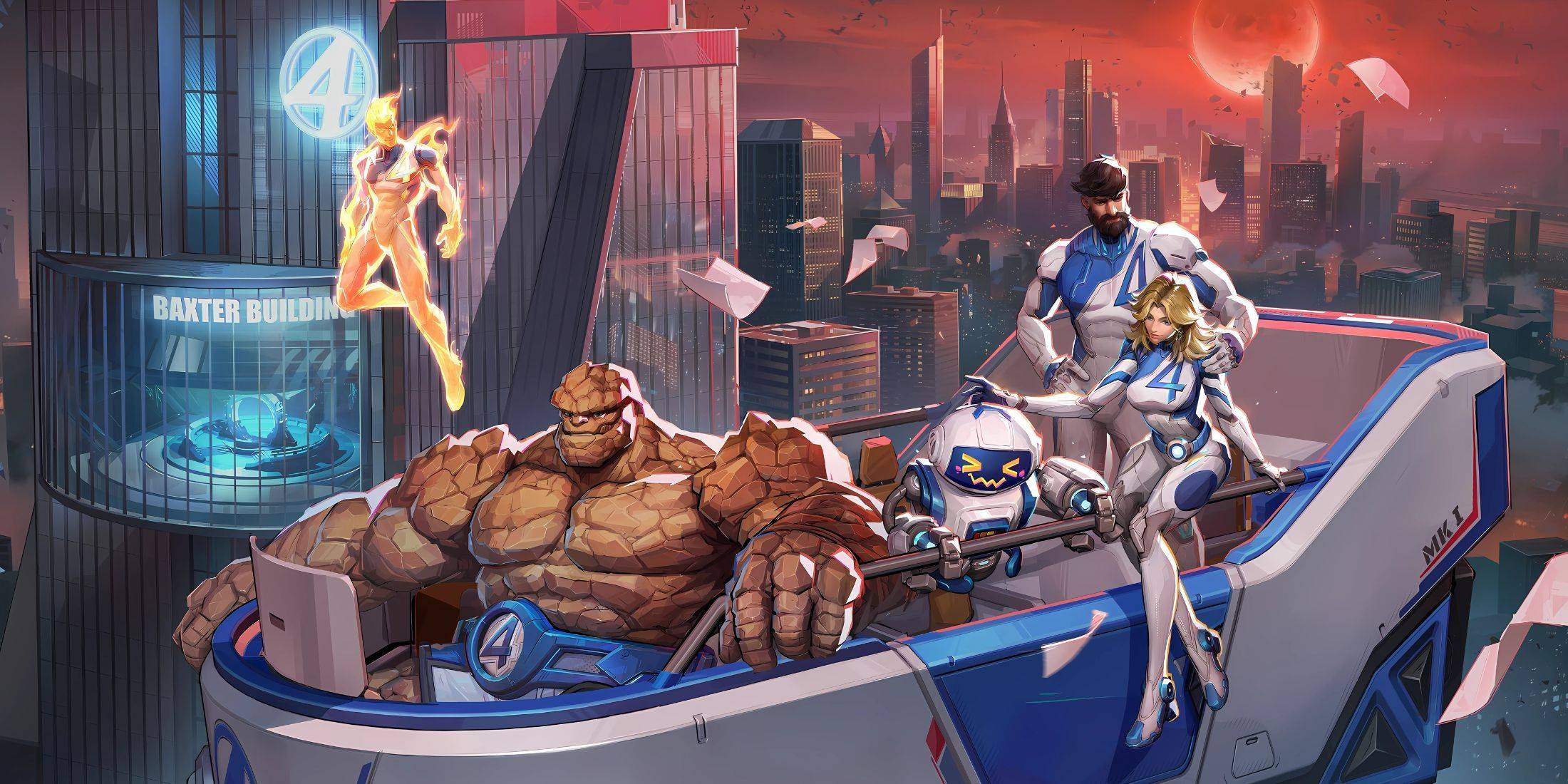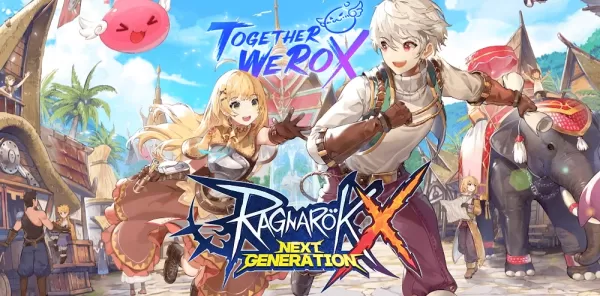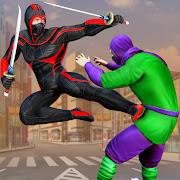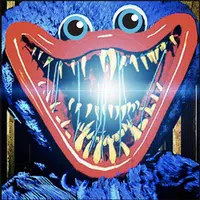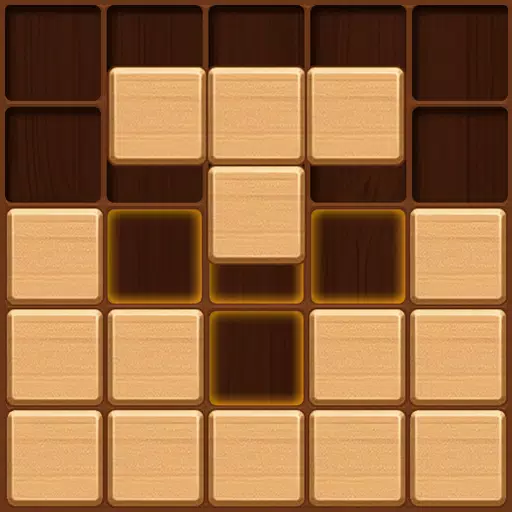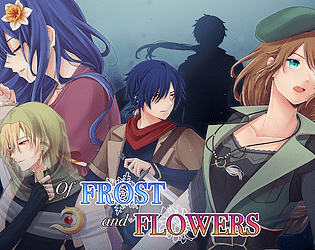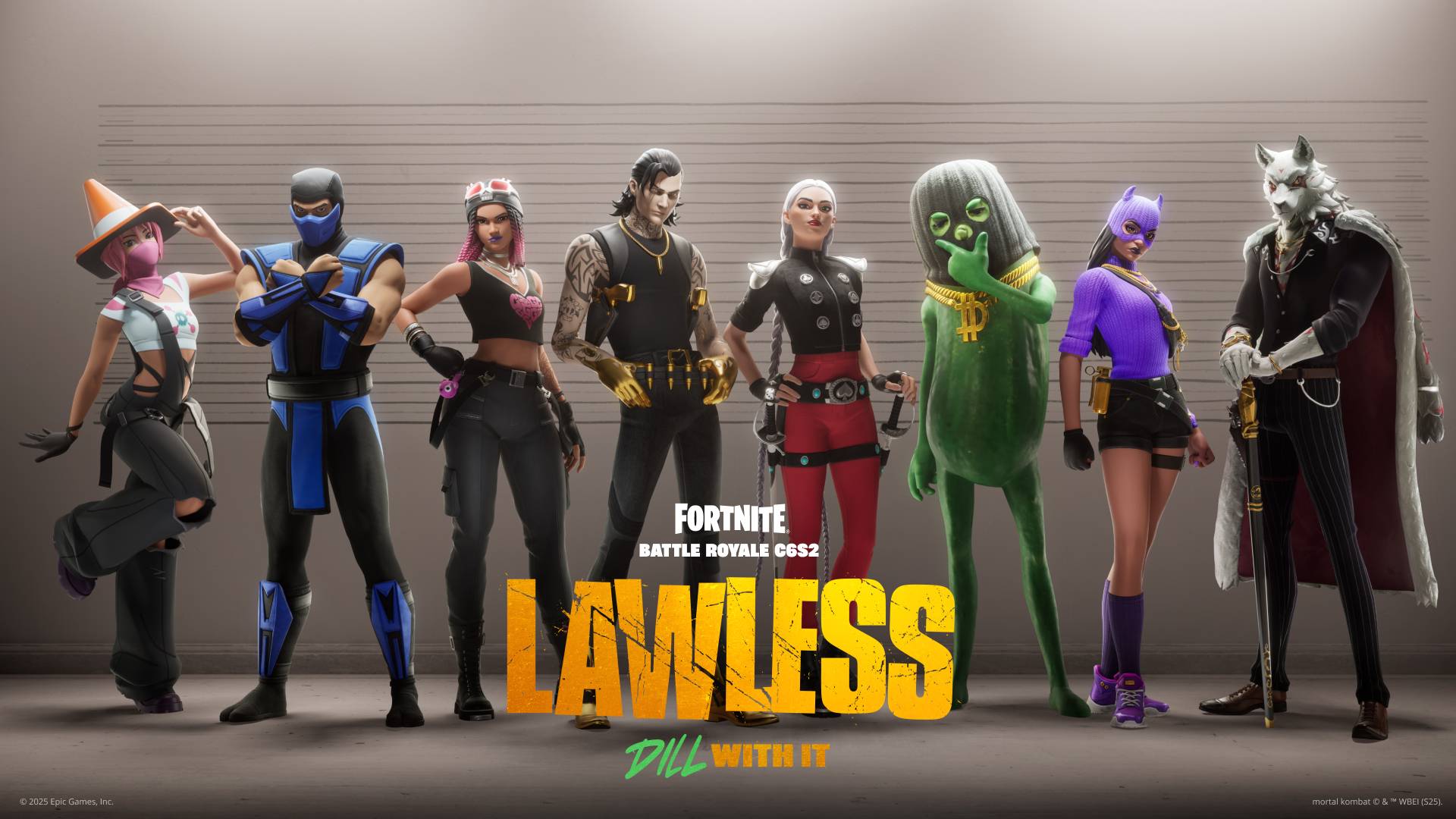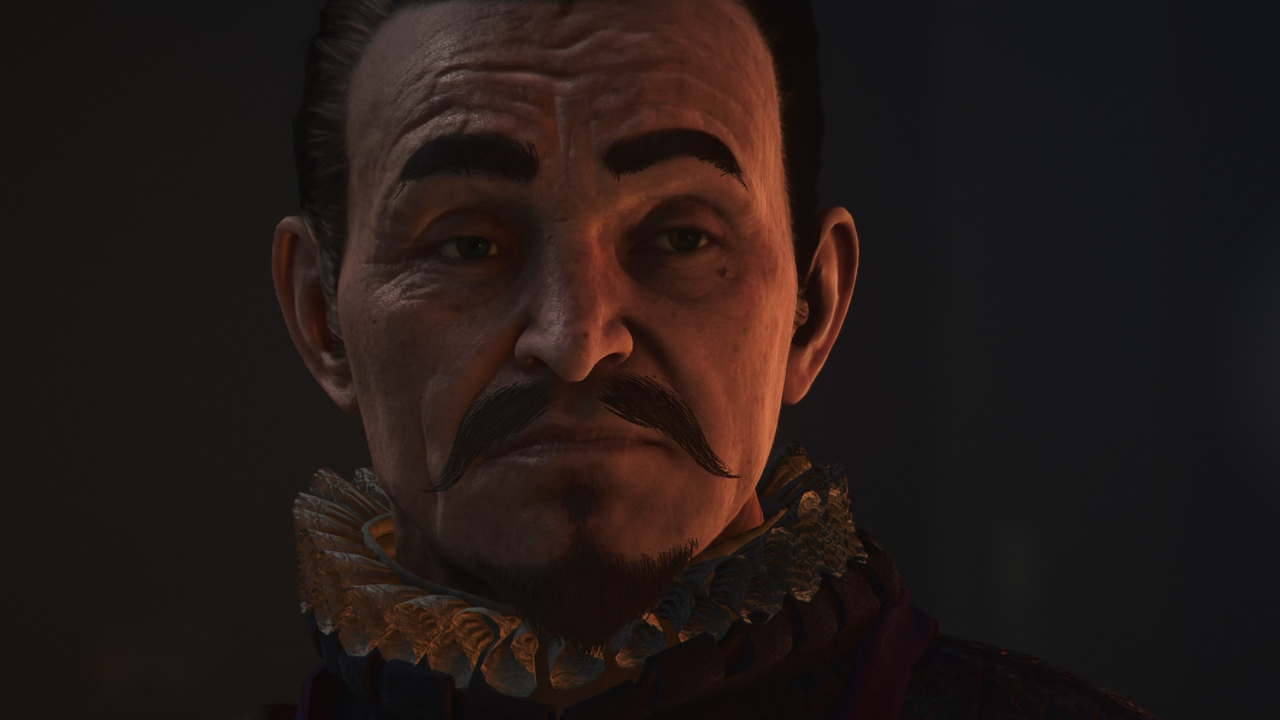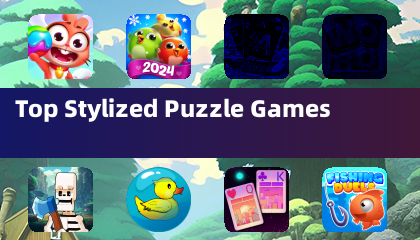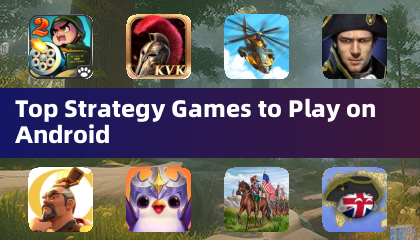Nu Udra Revealed as Apex Predator in Monster Hunter Wilds - IGN First
From the arid expanses of dry deserts to the lush canopies of bustling forests, the fiery peaks of blazing volcanoes, and the icy realms of frozen tundra, the Monster Hunter series is renowned for its diverse range of environments, each boasting a unique ecosystem teeming with a variety of monsters. The thrill of exploring these uncharted territories, traversing their landscapes in pursuit of mighty beasts, remains one of the most exhilarating aspects of the Monster Hunter experience.
This sense of adventure continues with Monster Hunter Wilds, the latest installment in the beloved franchise. Following the Windward Plains and Scarlet Forest, hunters will now venture into the Oilwell Basin, a stark and harsh landscape engulfed in flames and oilsilt. Navigating this area is challenging, with paths obstructed by viscous oil and flowing magma. Though it may appear barren at first glance, closer inspection reveals small creatures struggling through the mire, and scattered remnants of an ancient civilization dot the landscape.
Yuya Tokuda, the director of both Monster Hunter: World and Monster Hunter Wilds, sheds light on the unique nature of the Oilwell Basin:
"During the Fallow, the Oilwell Basin is a place filled with mud and oil. When the Inclemency known as the Firespring arrives, it ignites the oilsilt, and during the Plenty, the burned-away oil and soot vanish, unveiling the minerals, microorganisms, and the original hues of manmade artifacts hidden beneath," he explains.
Down in the Muck
The development team's vision for the Oilwell Basin was to create a vertically integrated locale, contrasting the expansive horizontal environments of the Windward Plains and Scarlet Forest. Kaname Fujioka, the director of the original Monster Hunter and executive and art director for Wilds, elaborates:
"We designed the Oilwell Basin to have different strata, with sunlight reaching the top where oil accumulates like mud. As you descend, the heat intensifies, surrounded by lava and other substances," he says.
Tokuda adds, "In the middle and bottom strata, you'll encounter creatures reminiscent of aquatic life, evoking the deep seas or underwater volcanoes. We drew upon our experience from the Coral Highlands in World to craft the Oilwell Basin's ecosystem and creatures."
The Oilwell Basin transforms dramatically with the seasons. During the Fallow and Inclemency, it resembles a smoldering volcano or hot spring, but during the Plenty, it takes on a clear, marine-like tone. Fujioka emphasizes the contrast, noting that the area is home to creatures akin to those found on the ocean floor.
Despite its seemingly lifeless appearance due to oilsilt, the Oilwell Basin supports a complex ecosystem. Shellfish like shrimp and crabs thrive beneath the surface, alongside small monsters that provide raw meat. Large monsters prey on these smaller ones, which in turn feed on microorganisms that harness geothermal energy. This contrasts with the sunlight and vegetation-based ecosystems of the Windward Plains and Scarlet Forest, highlighting the Oilwell Basin's reliance on the earth's heat.
The large monsters of the Oilwell Basin are as unique as the environment itself. One such creature is Rompopolo, a globular, noxious beast with a needle-like mouth. Fujioka describes the inspiration behind its design:
"We envisioned Rompopolo as a tricky monster that thrives in swamps, using its toxic gas to disrupt players. The concept of a mad scientist influenced its design, giving it a chemical purple hue and glowing red eyes. Interestingly, the equipment crafted from Rompopolo is surprisingly cute, as is its Palico gear," he notes.
Tokuda finds the Rompopolo Palico equipment amusing, and I can attest to its charm after experiencing it firsthand. I encourage players to craft and enjoy this unique gear.
Flames of Ajarakan
Another new addition to the Oilwell Basin is Ajarakan, a gorilla-like monster shrouded in flames. Unlike the Congalala of the Scarlet Forest, Ajarakan boasts a slimmer silhouette. In a video showcasing territorial battles between Rompopolo and Ajarakan, we see Ajarakan using its arms to embrace Rompopolo in a fiery bear hug. Its movements, inspired by martial arts, add a unique charm to its combat style.
Tokuda explains the design philosophy behind Ajarakan: "We wanted to create a monster that feels more threatening by giving it a top-heavy silhouette. We incorporated flame elements fitting for the Oilwell Basin and wrestler-like grabbing attacks to emphasize its physical prowess. Ajarakan combines strength, physical attacks, and flames, such as its ability to melt and hurl objects at hunters."
Fujioka adds, "We introduced Ajarakan to showcase straightforward power. Its attacks are simple yet effective, using punches and ground slams to unleash flames, making it a monster whose strength is immediately apparent."
Ajarakan occupies a high position in the Oilwell Basin's ecosystem, its fiery appearance and attacks contrasting sharply with Rompopolo's use of poison gas and oilsilt. Fujioka discusses the evolution of Ajarakan's design:
"Initially, Ajarakan was just a powerful monster. We wanted to enhance its personality, fitting for its fiery habitat. Instead of simply breathing fire, we designed it to appear as if it's wearing flames on its back, reminiscent of the Buddhist deity Acala. This concept led to Ajarakan's ability to melt anything in its path, adding depth to its character. We wanted players to dread its scorching embrace."
To avoid Ajarakan's straightforward design becoming repetitive, the team continually added more dynamic and flashy moves throughout development, such as aerial jumps and rolling attacks.
A Monster Generations in the Making
Dominating the Oilwell Basin's ecosystem as its apex predator is Nu Udra, the "Black Flame," a creature with octopus-like tentacles coated in flammable oil. Just as Rey Dau controls lightning in the Windward Plains and Uth Duna envelops itself in water in the Scarlet Forest, Nu Udra is cloaked in flames. Fujioka confirms that octopuses inspired Nu Udra's design:
"We drew inspiration from octopuses, aiming for a striking silhouette when it rises, complete with demonic horns. We also played with the concept of an ambiguous face."
Tokuda notes that even the music during battles with Nu Udra reflects its demonic imagery, incorporating phrases and instruments reminiscent of black magic.
Nu Udra's tentacle movements are inspired by monsters like Lagiacrus from Monster Hunter Tri. Both Tokuda and Fujioka have long harbored the desire to bring such a concept to life:
"I proposed an octopus-shaped monster for Tri with a focus on underwater combat, envisioning its many legs as severable parts. Technical challenges prevented its realization at the time, but I've held onto that idea ever since," says Tokuda.
Fujioka mentions past tentacled monsters like Yama Tsukami and Nakarkos, explaining that their movements were considered in developing Nu Udra:
"We always look for opportunities to feature monsters with unique movements. Including too many can tire players, but introducing one at the right moment leaves a strong impression, much like the memorable encounter with Yama Tsukami in Monster Hunter 2 (Dos)," he says.
Tokuda fondly recalls placing Yama Tsukami in the game, despite technological limitations at the time. The realization of Nu Udra, a monster fully utilizing its tentacles, represents a significant achievement for both developers:
"Unlike Yama Tsukami and Nakarkos, which were stationary during battle, Nu Udra uses its cephalopod traits to move freely, offering a new gameplay experience," Fujioka explains.
The technical challenges in developing Nu Udra were met successfully, allowing the team to bring their vision to life. Tokuda adds:
"When we saw the tests, we knew Nu Udra should be the apex predator of the Oilwell Basin. It feels like I'm finally tackling one of those long-rejected proposals."
Nu Udra's animations were meticulously crafted, with the creature navigating the terrain by wrapping around ancient pipes and entering small holes. Fujioka emphasizes the effort put into depicting its flexible body:
"We challenged ourselves with Nu Udra's flexible body animations. While it posed difficulties for our artists, the final result is stunning," he says.
The team's dedication to pushing technological boundaries is evident in their approach to Nu Udra's movements. Tokuda shares a memorable moment from development:
"An animator insisted I see Nu Udra retreating into a hole, and I was genuinely impressed. The animator's pride was palpable," he recalls.
Fujioka takes pride in the detailed work on Nu Udra, highlighting the real-time depiction of its movements as a testament to the team's efforts:
"The way Nu Udra wraps around a pipe and squirms is a masterpiece. I hope players appreciate this unique real-time animation," he says.
Battling Nu Udra proves challenging, with its flexible body making it difficult to find openings. Tokuda advises on strategies for defeating it:
"Nu Udra's body is soft with many breakable parts. Hunters should focus on targeting these areas. Severing its tentacles reduces its area-of-effect attacks, making it easier to maneuver. It's a monster well-suited for multiplayer, where targets are split, enhancing the experience with SOS flares and Support Hunters," he suggests.
Fujioka adds, "Defeating Nu Udra involves an action-game-like approach, where destroying parts brings you closer to victory, similar to Gravios, where breaking its armor reveals its vulnerabilities."
A Welcome Reunion
Speaking of Gravios, this iconic monster returns in the Oilwell Basin, not seen since Monster Hunter Generations Ultimate. Its rocky carapace and hot gas emissions make it a fitting inhabitant of the area. Tokuda explains the decision to bring Gravios back:
"We chose Gravios for the Oilwell Basin as it fits the environment and offers a fresh challenge within the game's progression. We wanted to maintain its distinctive hardness while making it a formidable opponent that appears later in the game," he says.
Gravios in Wilds feels even more formidable than before, with its hard body demanding strategic attacks to inflict damage and utilize the wound system effectively.
All Monsters in Monster Hunter Wilds
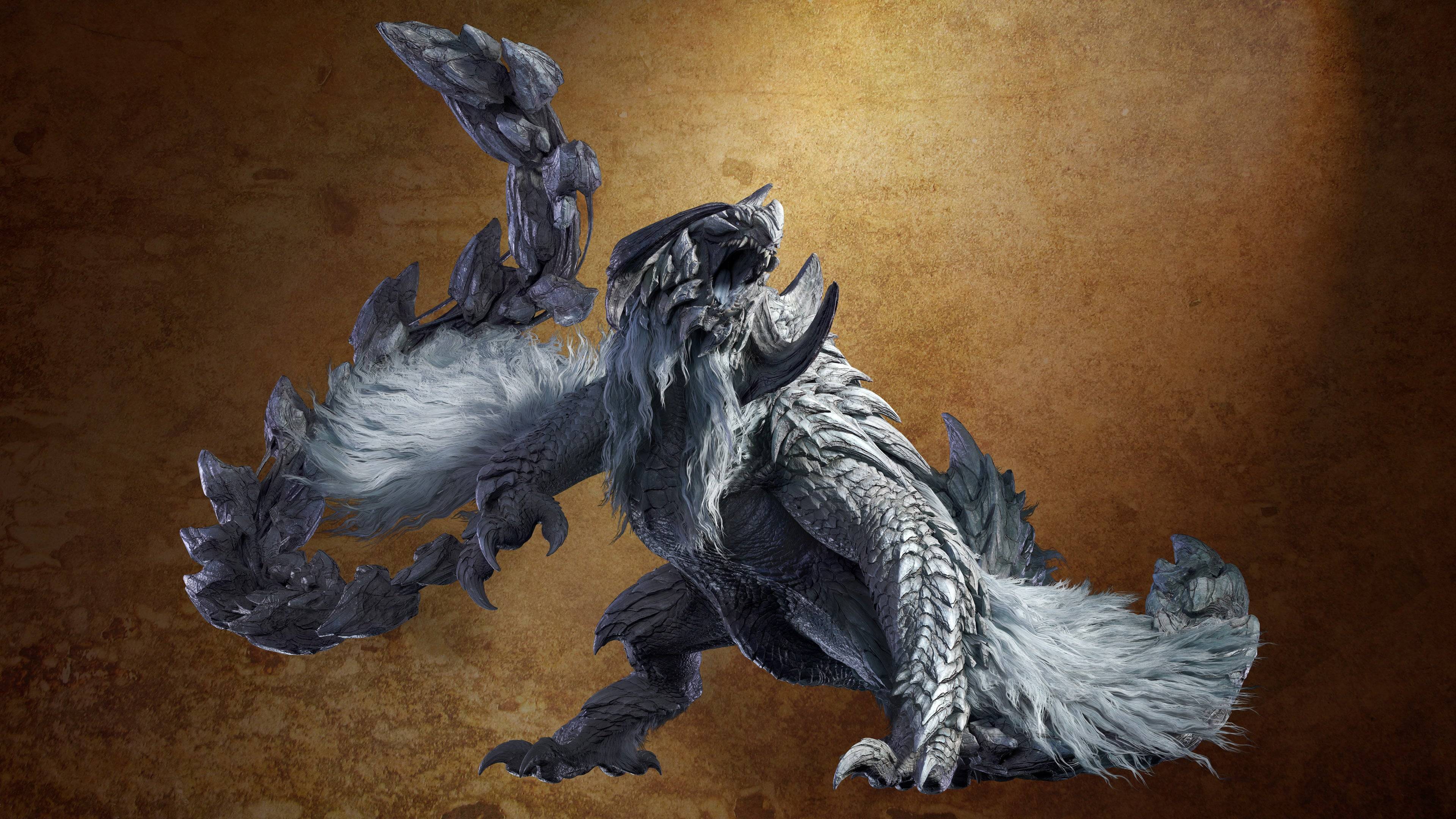
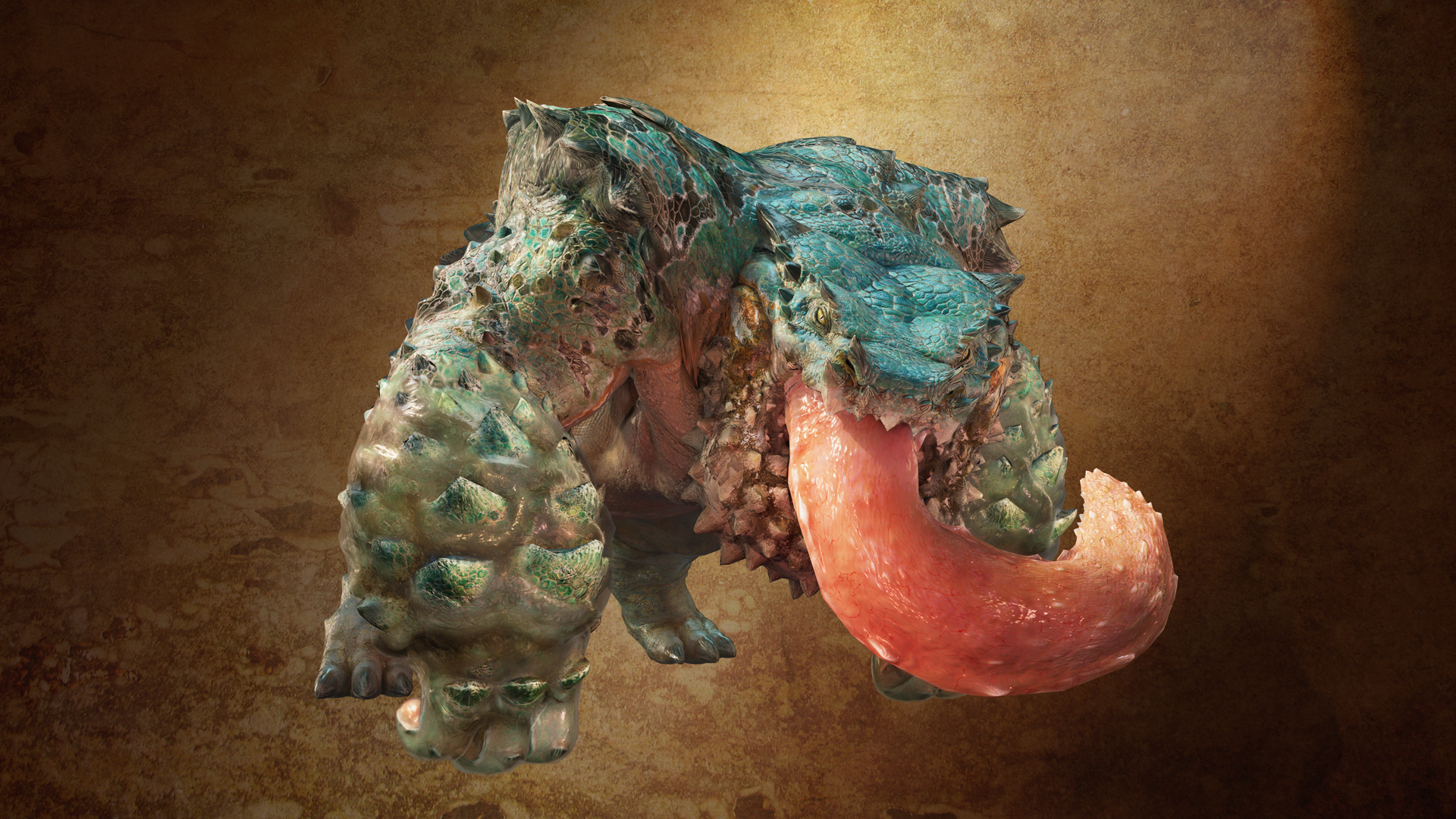 17 Images
17 Images
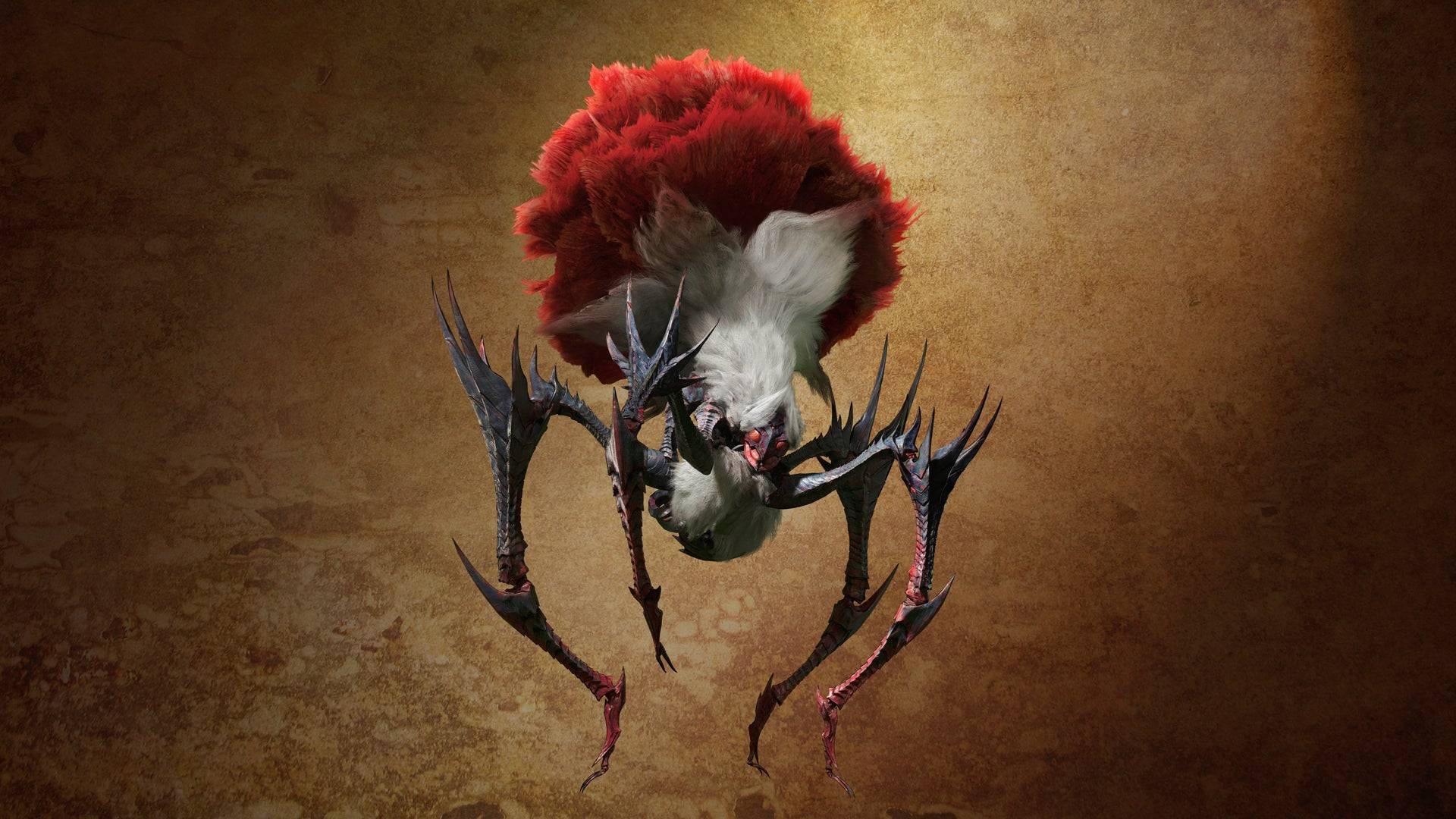

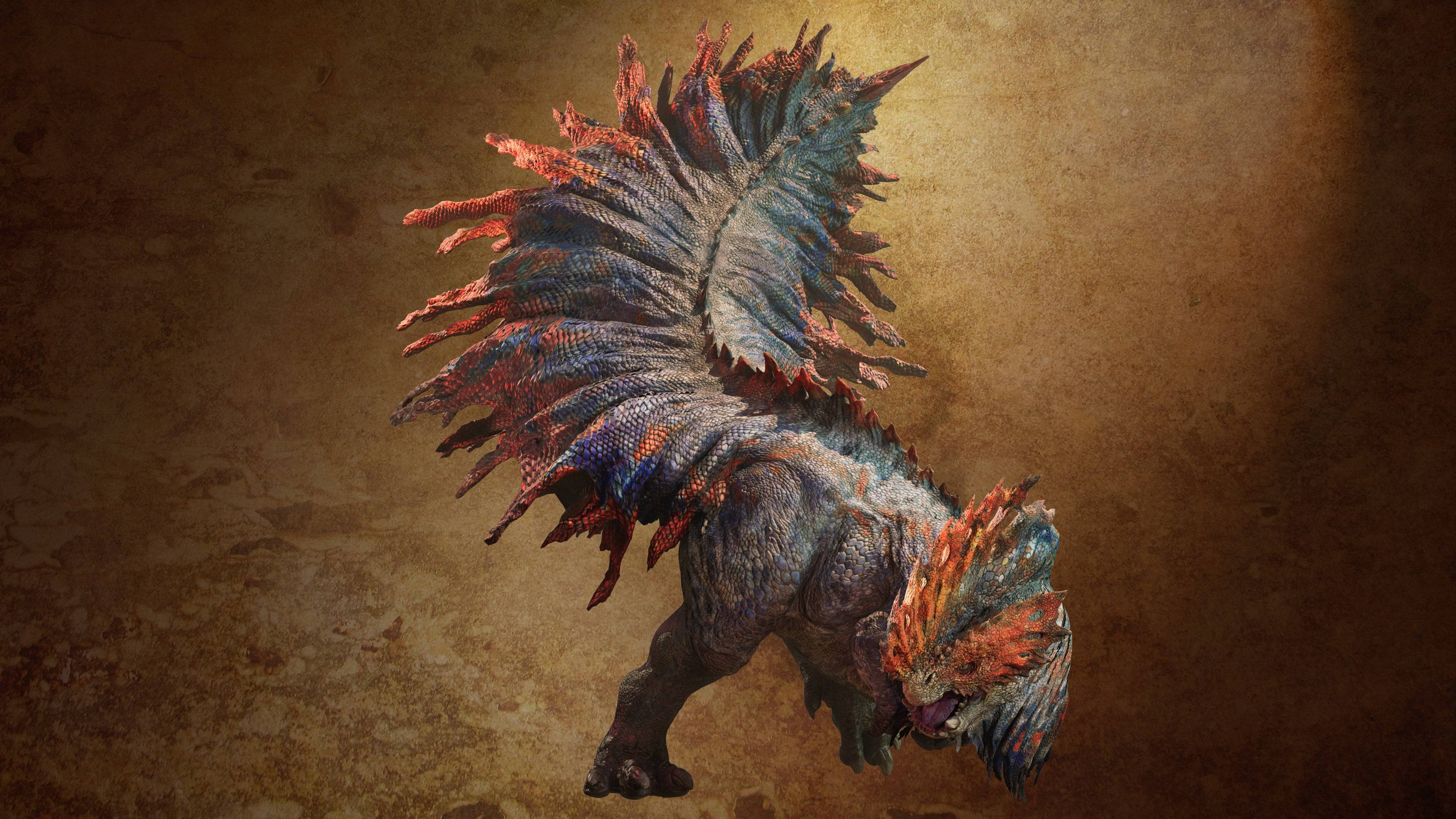
While Gravios makes a return, its juvenile form, Basarios, will not appear in Wilds. Fujioka explains, "Basarios will sit this one out. We carefully consider which monsters to include, ensuring they enhance the game's experience."
As detailed in our interview about monster selection, the Monster Hunter team meticulously decides on monster reappearances. Although Basarios won't be in Wilds, numerous other monsters will inhabit the Oilwell Basin, promising an exciting hunting experience. I eagerly anticipate exploring this new area, Cool Drink in hand.



